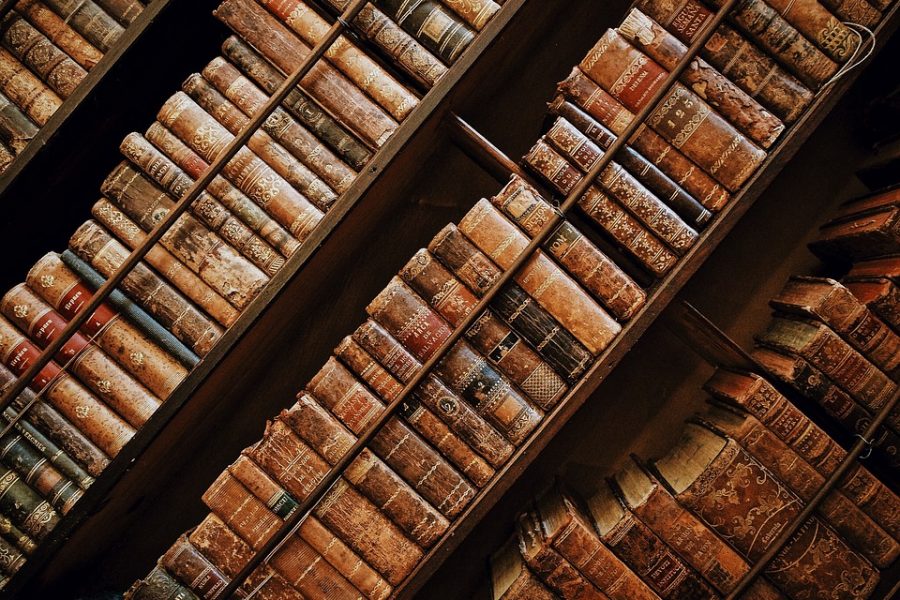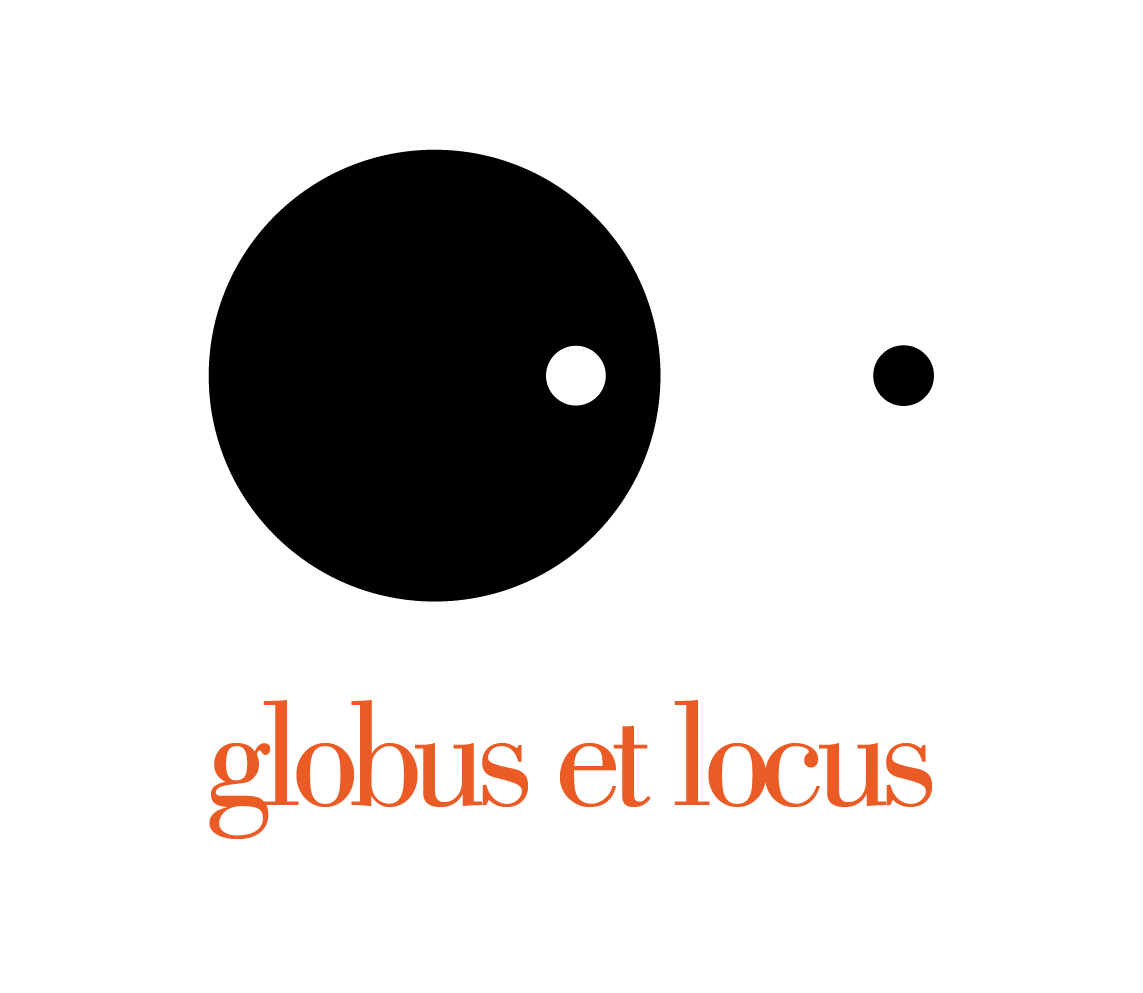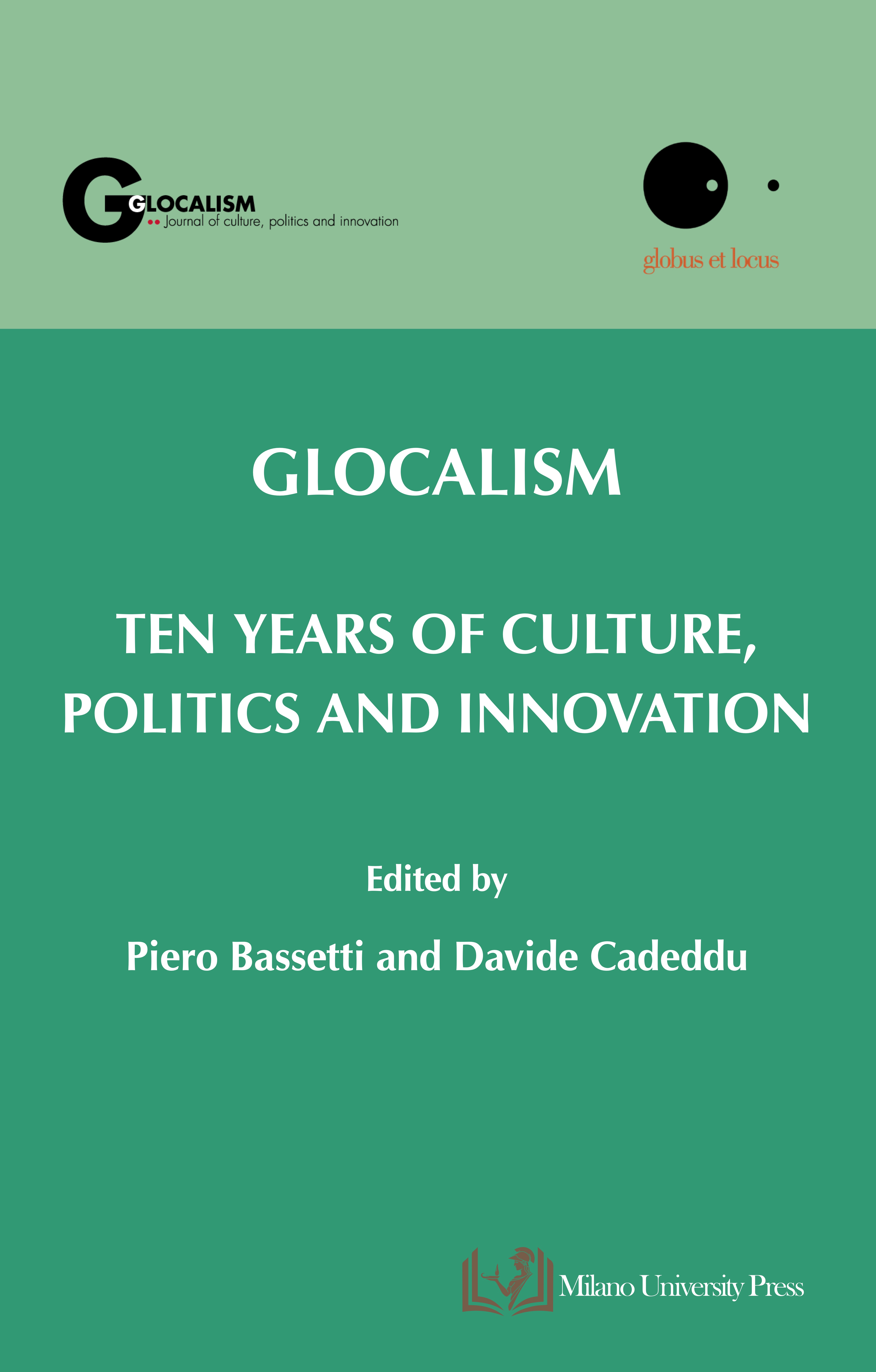“¡Había ahí un Archivo!” Acts of Sovereignty between Burial and Exhibition
DOI:
https://doi.org/10.12893/gjcpi.2021.2.6Keywords:
archive, collection, postcolonialism, sovereignty, Indigenous peopleAbstract
In 1879, in those territories that are currently part of the Argentinian Patagonia and few months after the genocide carried out against the natives, euphemistically called the “Conquest of the Desert”, the prolific writer, geographer, politician, and attorney Estanislao Zeballos organized a mission in order to “survey” and “explore” the recently conquered area. He thus gathered – though the correct word would be “sacked” – human skulls, bones that still haunted the battlefields, cult objects, clothing, and metal artifacts. During that journey Zeballos discovered, buried in the middle of a sand dune, a forgotten archive: boxes containing press clippings, XIX century correspondence between the national government and the Indigenous cacicazgos, account entries, governmental stamps pertaining to the cacicazgos, and a Castilian dictionary. This text works out the relationship between this buried “Indian archive” and the remains and objects looted from the defeated population, to be collected and then exhibited. The article attempts to demonstrate that if we read the buried Archive of Salinas Grandes along with that collection of items, gathered in order to be exhibited, like two distinct but nevertheless continuous operations pertaining to the construction of a sovereign discourse, we could better understand the power that the signifying matrix separating culture and history, chaos and state, ritual and politics, archive and trophy, tradition and sovereignty still acquires in the present.
Downloads

Downloads
Published
Issue
Section
License

This work is licensed under a Creative Commons Attribution-ShareAlike 4.0 International License.










